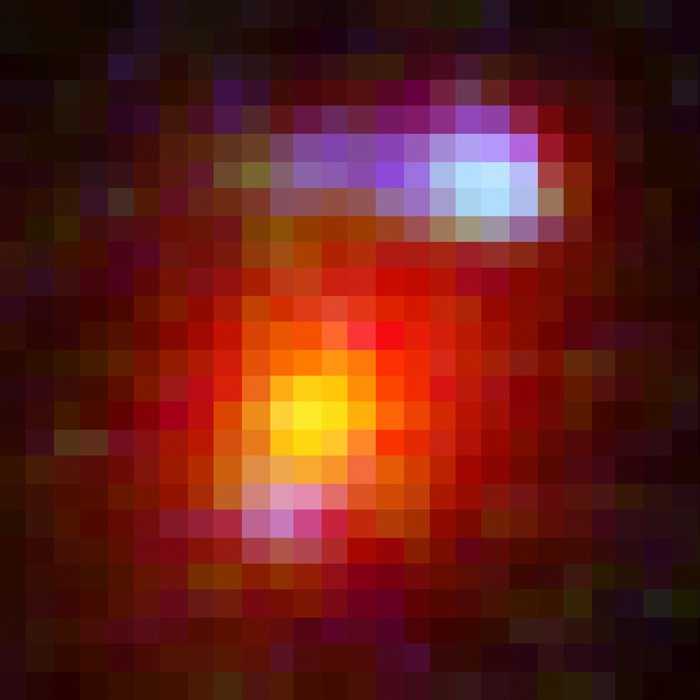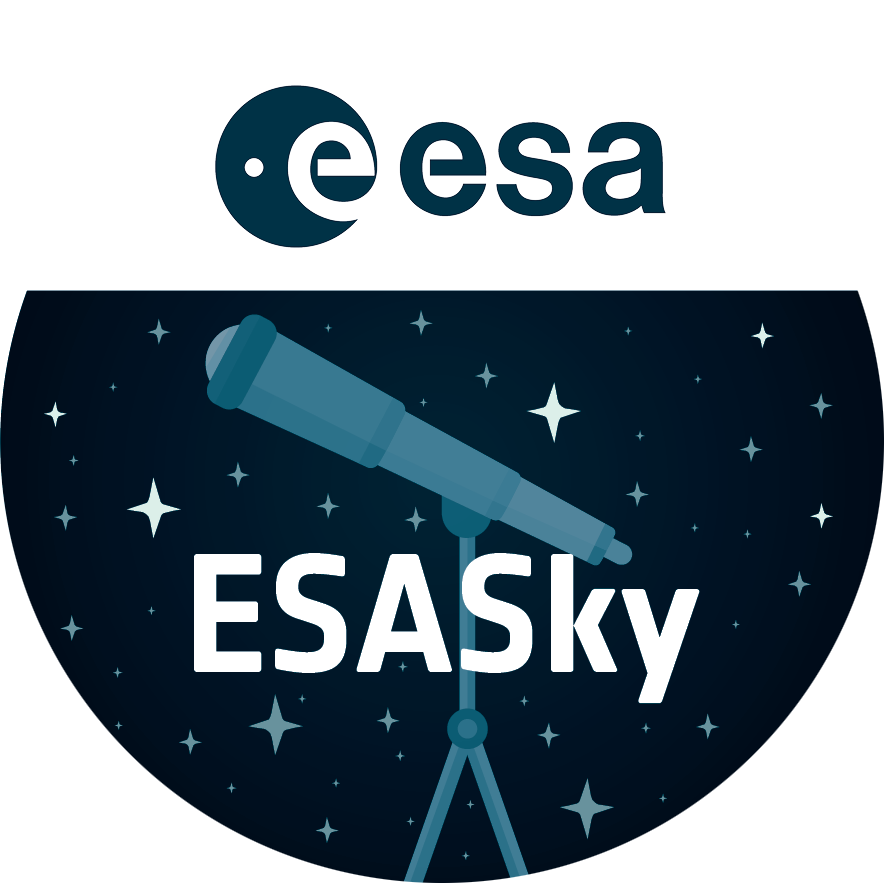IRC 0218 lensing feature
This NASA/ESA Hubble Space Telescope image reveals a close up view of the most distant cosmic lens yet found, a massive elliptical galaxy whose powerful gravity is magnifying the light from a faraway galaxy behind it.
The giant elliptical is the red object in the centre. The galaxy is seen as it appeared 9.6 billion years ago and is one of the brightest members in a distant cluster of galaxies, called IRC 0218.
The lighter-coloured blobs in the upper right and lower left are the distorted and magnified shapes of a more distant spiral galaxy behind the foreground elliptical. The giant elliptical is so massive that its enormous gravitational field deflects light passing through it, much as an optical lens bends light to form an image. This phenomenon, called gravitational lensing, magnifies, brightens, and distorts images from faraway objects that might otherwise be too faint to observe even with the largest telescopes.
Links:
Credit:About the Image
About the Object
| Name: | IRC 0218 |
|---|---|
| Type: | Early Universe : Galaxy : Type : Elliptical Early Universe : Galaxy : Type : Gravitationally Lensed Early Universe : Cosmology : Phenomenon : Lensing |
| Distance: | 10 billion light years |
| Constellation: | Cetus |
| Category: | Galaxies |
Wallpapers
Coordinates
| Position (RA): | 2 18 21.55 |
|---|---|
| Position (Dec): | -5° 10' 19.86" |
| Field of view: | 0.03 x 0.03 arcminutes |
| Orientation: | North is 2.3° right of vertical |
Colours & filters
| Band | Wavelength | Telescope |
|---|---|---|
| Optical g | 475 nm |
Hubble Space Telescope
ACS |
| Optical I | 814 nm |
Hubble Space Telescope
ACS |
| Infrared Z | 1.05 μm |
Hubble Space Telescope
WFC3 |
| Infrared H | 1.6 μm |
Hubble Space Telescope
WFC3 |
| Infrared J | 1.25 μm |
Hubble Space Telescope
WFC3 |


